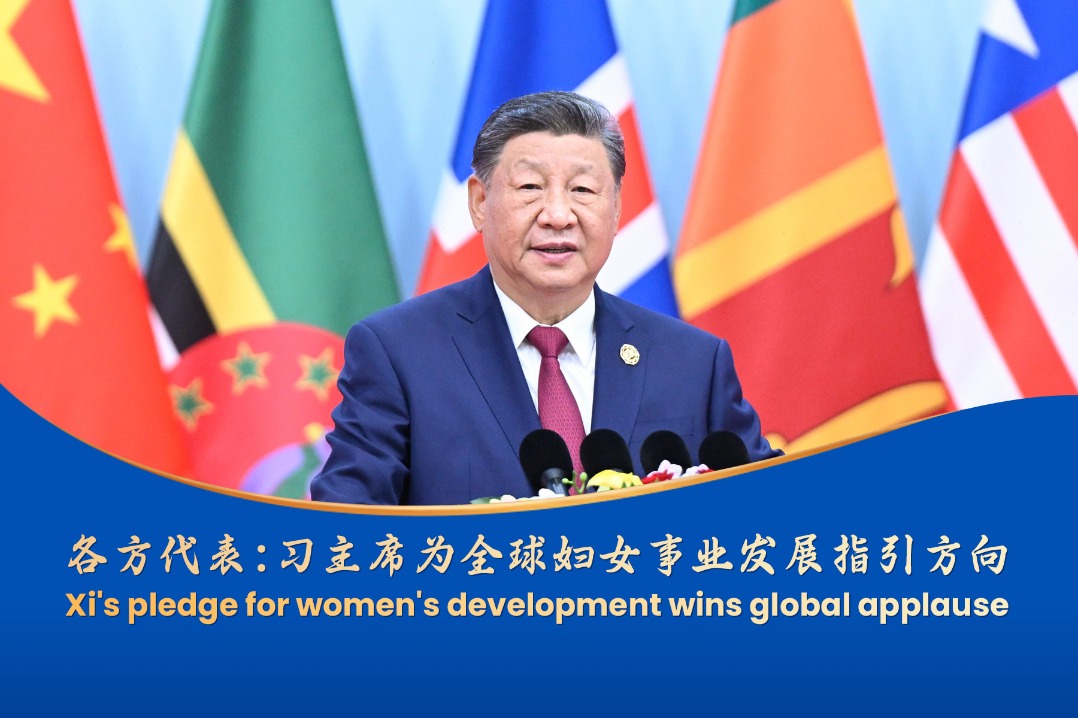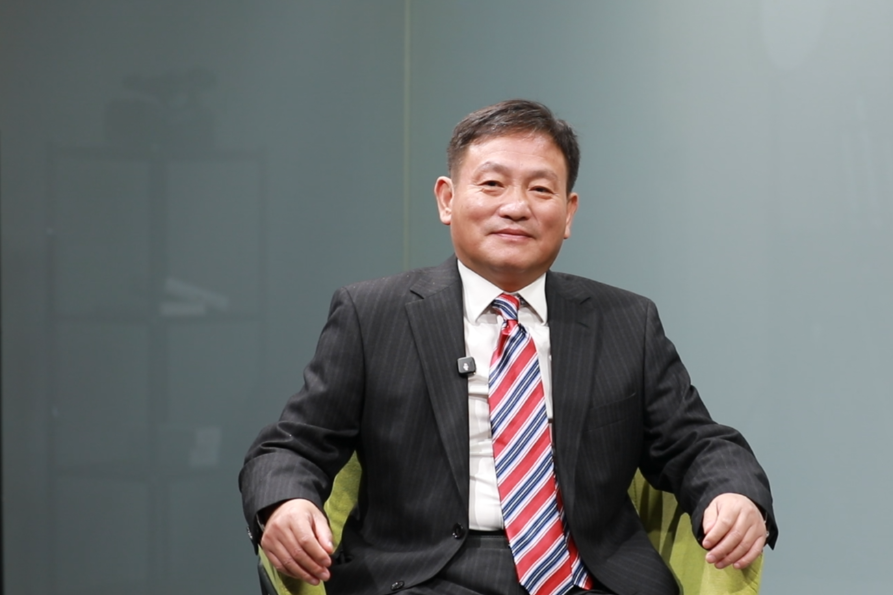Equality, Development and Sharing: Progress of Women's Cause in 70 Years Since New China's Founding

II. The Legal System for Protection of Women's Rights Constantly Improved
Women's rights belong to the realm of basic human rights. In China, the protection of women's rights has been included in laws and regulations, manifesting itself as a State will and a norm of intrinsic social behaviors. Since the founding of the New China, a long list of laws and regulations have been drafted and enacted with the initiative of the CPC to improve the status of women. Over the past 40 years of reform and opening up, China has constantly cemented the legal assurance for gender equality. The protection of women's rights is secured through scientific legislation, strict law enforcement, fair administration of justice and law-abiding public. In the course of building a socialist country, government and society ruled by laws, assurance of women rights is continuously strengthened.
The legal system for women rights protection has been subject to constant improvement. The Constitution of the People's Republic of China, as the fundamental law of the country, has maintained the principle of gender equality. It was stipulated in the first version of the Constitution issued in 1954 that "women in the People's Republic of China enjoy equal rights with men in all spheres of life, political, economic, cultural and social, and family life," and this principle remains unchanged in all subsequent revisions to the Constitution. In 2004, "the state values and safeguards human rights" was included in the constitutional amendment, thus providing a foundation of human rights protection for women. In 1950, the Marriage Law of the People's Republic of China, the first law enacted in New China, legalized a marriage system characterized by free marriage, monogamy, and equal rights for men and women. In the past 40 years of reform and opening up, as the democratic and legal governance of socialism with Chinese characteristics proceeded, a series of laws and regulations mandating gender equality have been drafted and revised, including Election Law of the People's Republic of China for the National People's Congress and Local People's Congresses at All Levels, Criminal Law of the People's Republic of China, Marriage Law of the People's Republic of China, Law of the People's Republic of China on Maternal and Infant Health Care, Labor Law of the People's Republic of China, Employment Promotion Law of the People's Republic of China, Labor Contract Law of the People's Republic of China, Law of the People's Republic of China on Rural Land Contracting, and Villagers Committee Organization Law of the People's Republic of China. Law of the People's Republic of China on the Protection of Rights and Interests of Women that came into force in 1992 was the first fundamental law in China designed specifically for realizing gender equality and protecting rights and interests of women. It sets forth in detail the legal rights and interests of women in politics, culture, education, property, personal affairs, marriage and family. An amendment to the Law of the People's Republic of China on the Protection of Rights and Interests of Women in 2005 officially established the legal status of gender equality as a fundamental national policy, and revised "labor rights and interests" to "labor and social security rights and interests". New breakthroughs have been made in the legislation for the protection of women's rights since the 18th CPC National Congress. Anti-domestic Violence Law of the People's Republic of China enacted in 2015 created four new systems-domestic violence warning, compulsory reporting, personal safety protection order, and emergent protection. In the same year, in the Criminal Law Amendment (IX), the act of "whoring with immature girls" was included in the scope of rape and not regarded as a separate and less serious offense any more, thus providing further protection for personal rights of young girls. The past 70 years have witnessed a constantly improved legal system for the protection of women rights and interests in China. Built on the Constitution and with the Law of the People's Republic of China on the Protection of Rights and Interests of Women at the core, this system now covers over 100 separate laws and regulations.
Legal practices for the protection of women's rights and interests have been significantly promoted. With a mechanism for cooperation between different women's rights protection agencies in place, various crimes and offenses against women, including rape, abduction, trafficking and domestic violence, are investigated and punished severely. Starting in 1997, the Standing Committee of the NPC has instituted a number of specific law enforcement inspections in order to facilitate effective implementation of the Law of the People's Republic of China on the Protection of Rights and Interests of Women. Tribunals for safeguarding women's rights (collegiate panels) are generally set up in local courts in order to adhere to the gender equality principle when handling cases involving women rights, protect the legal rights of women and ensure proper administration of justice. Since the 18th CPC National Congress, the concepts of gender equality and fairness have been comprehensively practiced in all domains of national governance. Family trial rules and mechanisms have been reformed to fully respect humanity and provide further judicial assurance for women's rights. The scope of assurance of women rights is continuously expanding in terms of cyber security legislation, reinforced registration inspection, administrative law enforcement, criminal execution, and public law service. In addition, legal aid and judicial aid systems are being gradually improved. In 2018, a total of 361,000 women obtained legal aid.

































